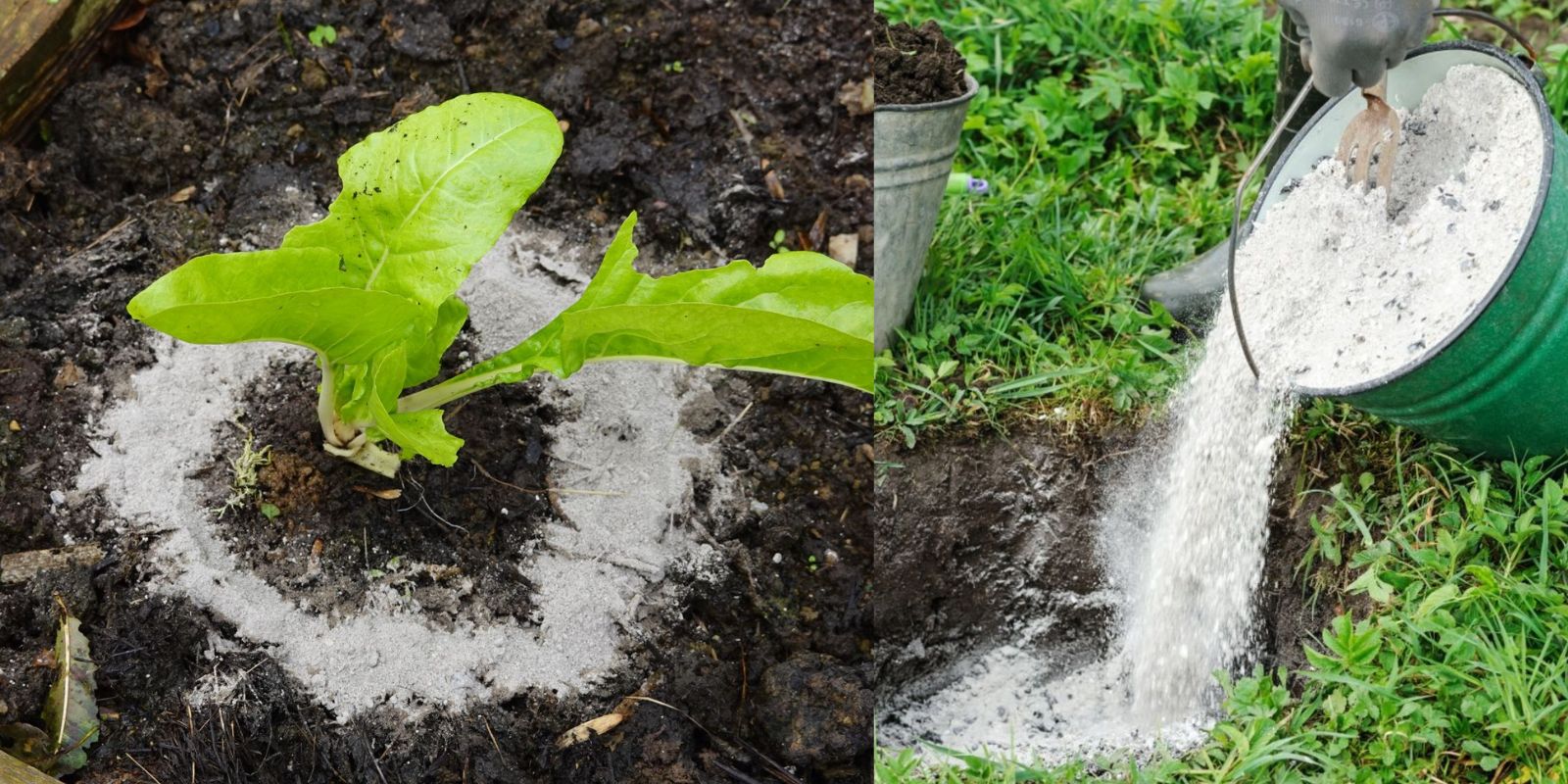Wood ashes, often discarded as waste, hold untapped potential as a beneficial soil amendment for your garden. When used correctly, ashes can enhance soil health, improve fertility, and support robust plant growth. This article explores how to effectively use ashes in your garden, focusing on the benefits, application methods, and best practices to maximize their positive impact.
Understanding the Benefits of Ashes
Wood ashes are rich in minerals and nutrients that can improve soil conditions. Here’s why they are valuable:
1. Nutrient-Rich Composition
Wood ashes contain essential nutrients that plants need to thrive, including potassium, calcium, and magnesium. Potassium supports plant growth, root development, and disease resistance. Calcium helps with soil structure and plant cell walls, while magnesium is crucial for photosynthesis and enzyme activation.
2. pH Adjustment
Wood ashes are alkaline, meaning they can help raise the pH of acidic soils. This is particularly useful if you have soil that is too acidic for optimal plant growth. By balancing soil pH, ashes create a more favorable environment for a wide range of plants.
3. Improved Soil Structure
The minerals in ashes can help improve soil texture and structure. They can aid in breaking up clay soils, enhancing drainage and aeration, which are crucial for root health and overall plant growth.
4. Natural Pest Control
Some gardeners find that wood ashes can act as a deterrent for certain pests. The alkaline nature of ashes can disrupt the habitat of insects and help protect plants from pests like slugs and snails.
How to Collect and Prepare Ashes
1. Safe Collection
Only use ashes from clean, untreated wood or charcoal. Avoid ashes from painted, stained, or pressure-treated wood, as they may contain harmful chemicals. Ensure the ashes are completely cool before handling to avoid fire hazards.
2. Storage
Store ashes in a dry, airtight container to keep them from becoming damp and losing their effectiveness. A metal container with a lid works well for this purpose. Label the container to avoid confusion with other materials.
Testing Soil pH
1. Importance of Soil Testing
Before applying ashes, it’s crucial to test your soil’s pH to determine if it needs adjustment. Soil testing kits are widely available at garden centers or online and are relatively easy to use.
2. Interpreting Results
- Acidic Soil (pH < 6.0): Wood ashes can help raise the pH to a more neutral level.
- Neutral Soil (pH 6.0 – 7.0): Ashes can still be used but in smaller quantities to avoid over-alkalizing the soil.
- Alkaline Soil (pH > 7.0): Avoid using ashes, as they could further increase soil alkalinity, potentially harming plant growth.
Applying Ashes to Your Garden
1. Application Rate
Moderation is key when using wood ashes. Overapplication can lead to excessive soil alkalinity and nutrient imbalances. A general guideline is to apply 1-2 cups of ashes per 100 square feet of soil.
2. Method of Application
- Direct Application: Spread the ashes evenly over the soil surface. Avoid piling them in one spot.
- Incorporation: Work the ashes into the top 1-2 inches of soil using a rake or hoe. This helps mix the ashes into the soil where they can be most effective.
3. Timing
Apply ashes during the fall or early spring, before planting. This allows the ashes to integrate into the soil over time. Avoid applying ashes just before planting, as they may temporarily affect seed germination.
Monitoring and Adjusting
1. Observe Plant Health
After applying ashes, monitor your plants for any changes in growth or health. If plants show signs of stress or poor growth, it may indicate that the soil pH has been altered too much or other imbalances have occurred.
2. Adjust Applications
Based on your observations, adjust the amount of ashes used in future applications. If you find that the soil has become too alkaline, reduce the amount of ashes or increase the frequency of soil testing to ensure pH levels remain balanced.
Best Practices and Tips
1. Avoid Overuse
Too much ash can lead to overly alkaline soil conditions and nutrient imbalances. Stick to the recommended application rates and monitor soil conditions regularly.
2. Combine with Other Amendments
Wood ashes should be used in conjunction with other soil amendments, such as compost or organic fertilizers, to ensure a balanced nutrient profile. Combining different types of amendments helps provide a comprehensive range of nutrients for optimal plant health.
3. Use Ashes Wisely
Consider using ashes on specific parts of your garden where soil acidity is a problem, rather than applying them across the entire garden. This targeted approach can prevent potential issues with soil pH and nutrient levels.
4. Safety Considerations
Always handle ashes with care. Wear gloves and a mask to avoid inhaling dust or getting ashes on your skin. Ensure ashes are completely cooled before handling and disposing of them.
Conclusion
Using wood ashes in your garden can be a simple yet effective way to improve soil health and plant growth. By understanding the benefits, applying ashes correctly, and monitoring soil conditions, you can enhance your garden’s fertility and support robust, healthy plants. Embrace this natural and eco-friendly practice to create a thriving garden environment and make the most of every resource available to you.
Motivational Sentence: Transform your garden soil with the power of ashes and watch your plants flourish like never before! 🌿🔥 #GardenTips #SoilHealth #AshesForSoil #EcoFriendlyGardening #GreenThumb #OrganicGardening #GardenHacks #SustainableLiving

